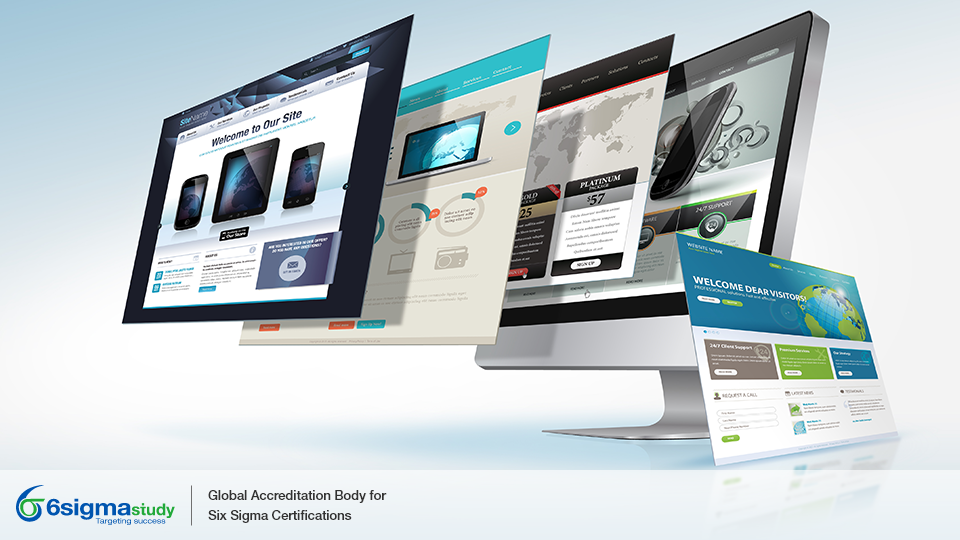The Role of Design for Six Sigma (DfSS)
Posted by 6sigmastudy® on March 21, 2024 | Six Sigma Improvement
Keywords: Six Sigma 6sigmastudy Design in six sigma Six Sigma Yellow Belt (SSYB™) Six Sigma Green Belt (SSGB™) Six Sigma Black Belt (SSBB™) Lean Six Sigma Green Belt (LSSGB™) Lean Six Sigma Black Belt (LSSBB™) Free Articles Free Six Sigma Articles TQM Six sigma define dmaic dmadv
Design for Six Sigma (DfSS) is a method used in product design to ensure high quality and customer satisfaction. It's built upon the principles of Six Sigma, which aim to minimize defects and variations in processes. DfSS takes a proactive approach by identifying and addressing potential design flaws before they cause problems. This structured method guides teams through each stage of the design process, focusing on innovation, functionality, and alignment with customer needs. By using DfSS, companies can create superior products that meet or exceed customer expectations. It's like laying a strong foundation before building a house – by addressing potential issues early on, DfSS sets the stage for success, resulting in products that truly resonate with consumers and stand out in the market.
In Design for Six Sigma (DfSS), teams follow planned phases to create products that meet customers' needs. They start by understanding the target audience's desires, based on not just basic demographics but on their preferences and values. Then, in the design phase, they create multiple prototypes that match these needs precisely, using tools like Quality Function Deployment. During optimization, statistical models help predict and adjust for potential design variations, ensuring the product works well in different situations. Finally, prototypes undergo rigorous real-world testing in the validation phase to confirm they're durable, functional, and appealing before finalizing the design.
DfSS follows the DMADV method, guiding teams from planning to testing. First, they define project goals aligned with what customers want and what the company needs. Then, they measure customer needs and set performance targets. In the analysis phase, they compare different design options using advanced tools to pick the best one. Next, they create detailed plans in the design phase, using insights from earlier stages. Finally, in the verification phase, they test the product thoroughly in real-world conditions to make sure it's ready for the market.
Integrating DfSS into product development is a big change, not just a small addition. It starts with leaders supporting and promoting DfSS principles. Teams get extensive training on DfSS tools and techniques, learning from real-world examples. Creating a culture that focuses on what customers want is the key, with open discussions and feedback sessions. Regular reviews keep everything on track, with chances to adjust if needed. Listening to feedback from sources both inside and outside the company helps improve the design as it progresses.
DfSS brings many benefits like happier customers, faster product launches, lower costs, and a competitive edge. By focusing on what customers want, companies using DfSS can create products that go above and beyond what the market expects. It's like a guiding light for design teams, leading them to make excellent, innovative products. As companies keep using DfSS, they get better and better, learning from their experiences and making the process more effective. This helps them stay ahead of competition in a constantly changing market, always delivering top-notch products that customers love.
For more such interesting articles on Six Sigma and its concepts, please click here

